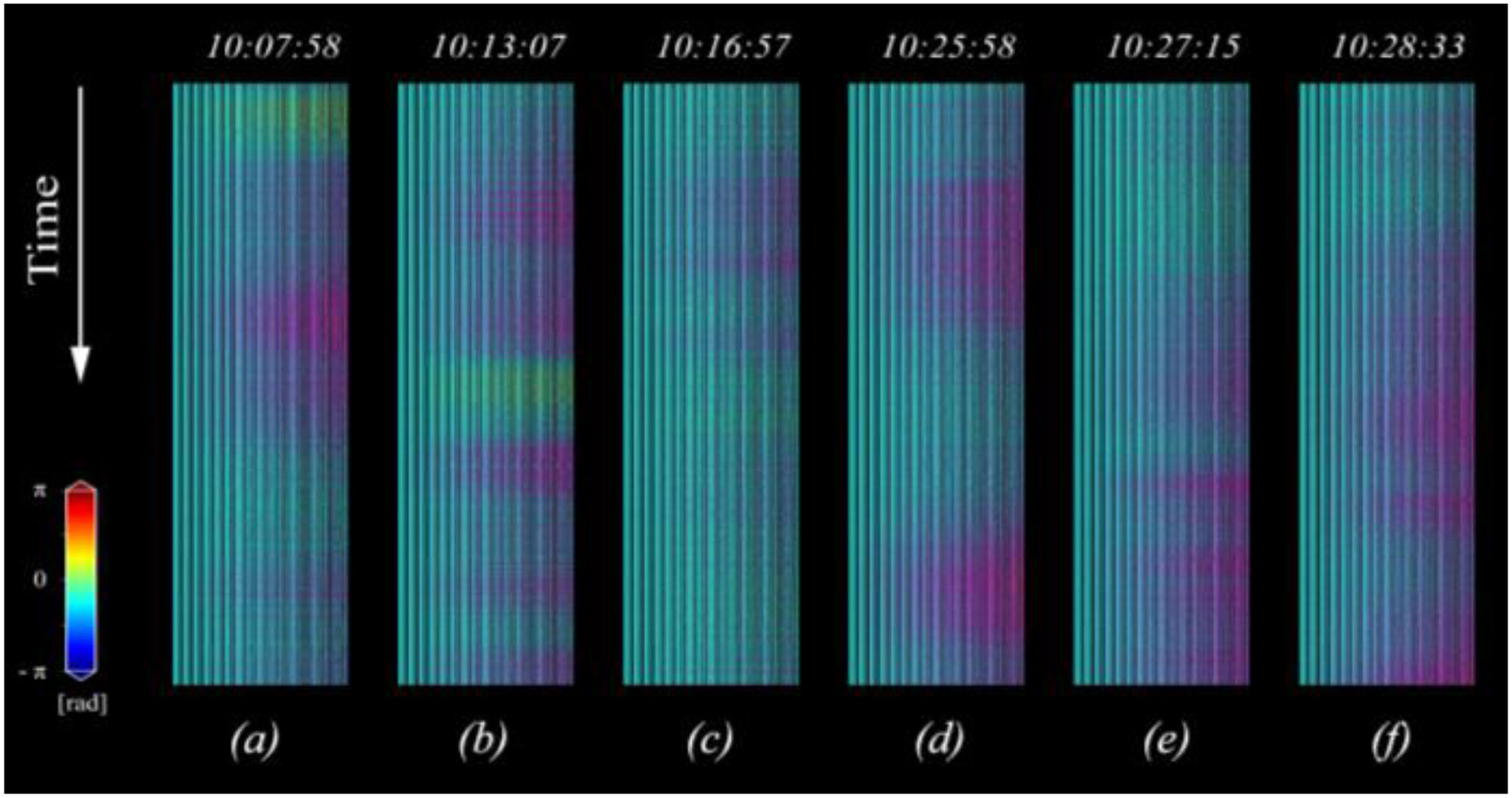Impact Factor:3.784
DOI number:10.1109/JSTARS.2021.3083494
Journal:IEEE Journal of Selected Topics in Applied Earth Observations and Remote Sensing
Key Words:Denoising, ground-based synthetic aperture radar (GBSAR), global positioning system (GPS), high-frequency.
Abstract:Ground-Based synthetic aperture radar (GBSAR) is a novel technique for monitoring surface deformation and structural vibrations due to its unique advantages: GBSAR can continually and simultaneously observe a large range of landscapes with a high spatiotemporal resolution. Using GBSAR under the fixed azimuth scanning mode to monitor vibrations is a promising way to monitor a bridge's structural health. Several GBSAR-based bridge vibration experiments have been conducted and verified; however, observation precision tests using high-rate global positioning system (GPS) data are rare, especially for the GAMMA portable radar interferometer II (GPRI-II). In addition, it is complicated to split high-frequency signals into valuable information and undesired noise. Considering these limitations, an on-site experiment using the GPRI-II and high-rate GPS receivers was conducted to evaluate the utility of the GPRI-II. Moreover, a denoising method based on the least-squares adjustment and a triangular chain is proposed under the assumption that the atmospheric phase delay can be eliminated between minuscule time intervals. In addition, an external comparative experiment between the GPRI-II and GPS receivers and an internal comparative experiment was performed to evaluate the effectiveness and reliability, respectively, of the proposed method. The results show that the GPRI-II observation accuracy for permanent scatterers reaches 5-6 millimeters. For the effectiveness of the proposed method, the precision improvement for distributed scatterers is more significant than that for permanent scatterers, and both the internal precision and the external precision have more conspicuous relationships with the deviation of the amplitude than with the coherence.
Indexed by:Journal paper
Discipline:Engineering
First-Level Discipline:Surveying and Mapping
Document Type:J
Volume:14
Page Number:5572-5580
Translation or Not:no
Included Journals:SCI
Links to published journals:https://ieeexplore.ieee.org/document/9440805


